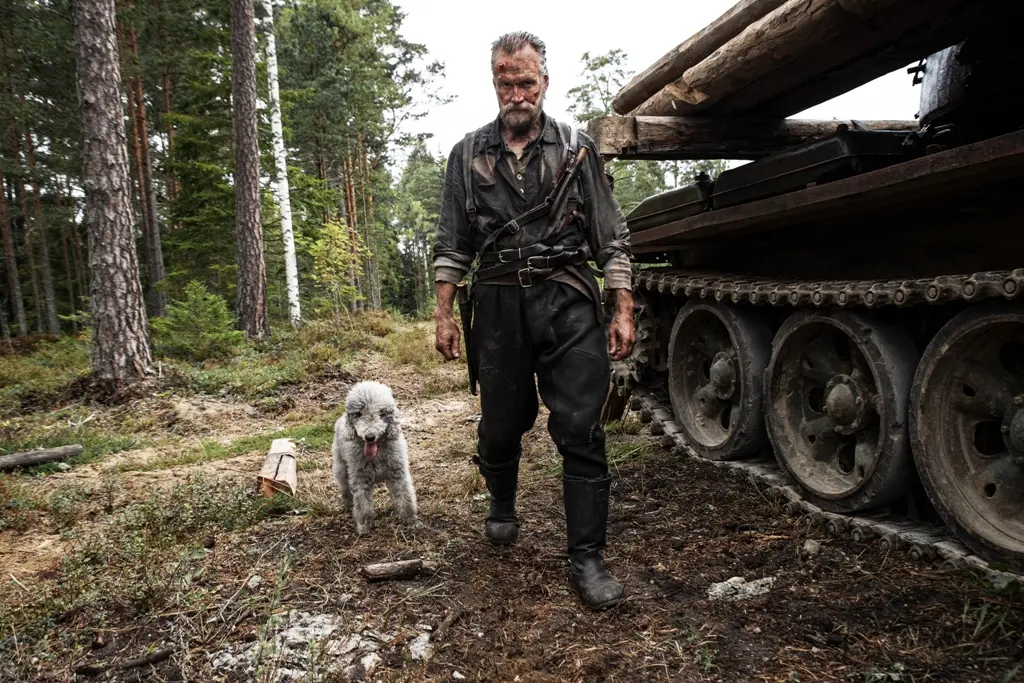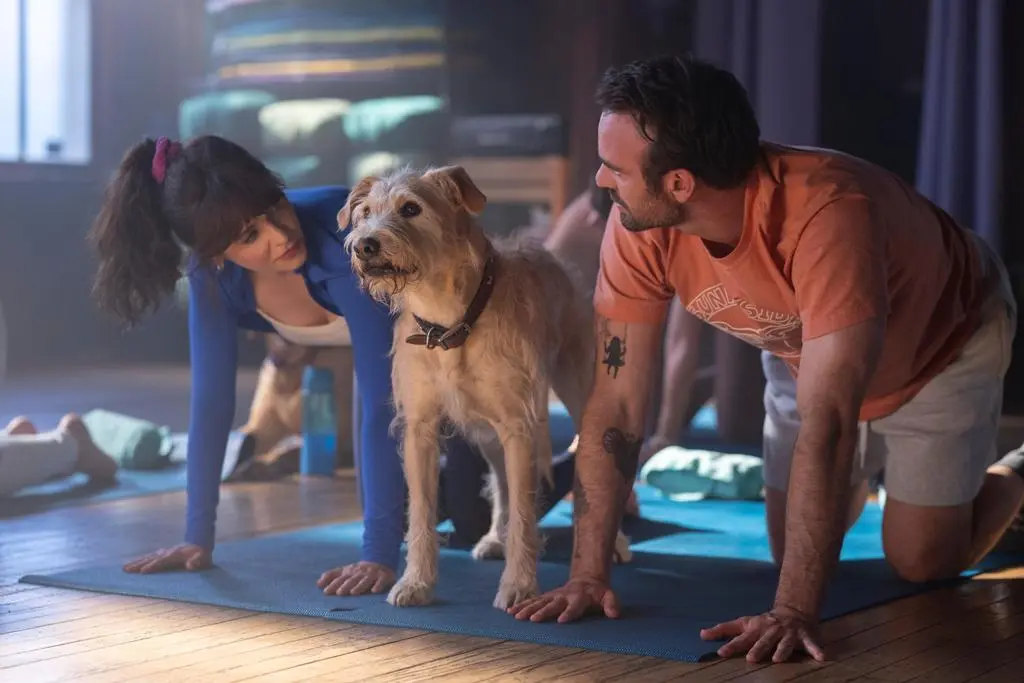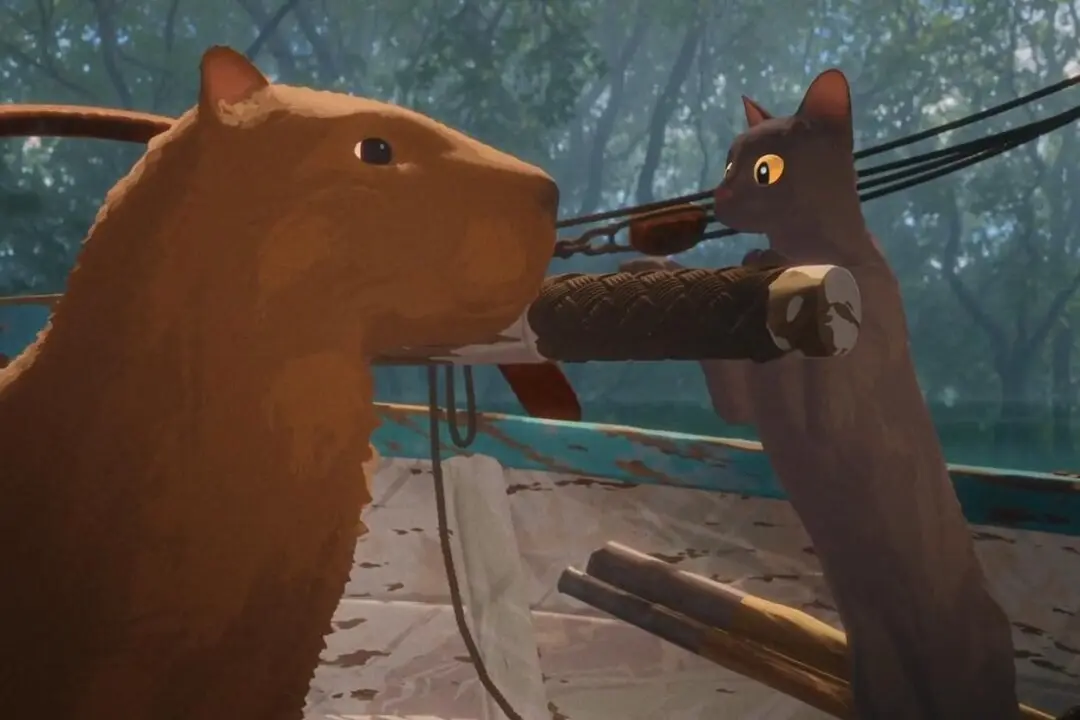Having never officially fallen out of favor with audiences, Westerns went from a genre behemoth in the mid-20th century to what is now a compartmented specialty with a modest but fervent cult following.
Film Review: ‘Corsicana’: Rookie Director Isaiah Washington Delivers a Western for the Ages
|Updated:
Originally from the nation's capital, Michael Clark has provided film content to over 30 print and online media outlets. He co-founded the Atlanta Film Critics Circle in 2017 and is a weekly contributor to the Shannon Burke Show on FloridaManRadio.com. Since 1995, Clark has written over 5,000 movie reviews and film-related articles. He favors dark comedy, thrillers, and documentaries.
Author’s Selected Articles





